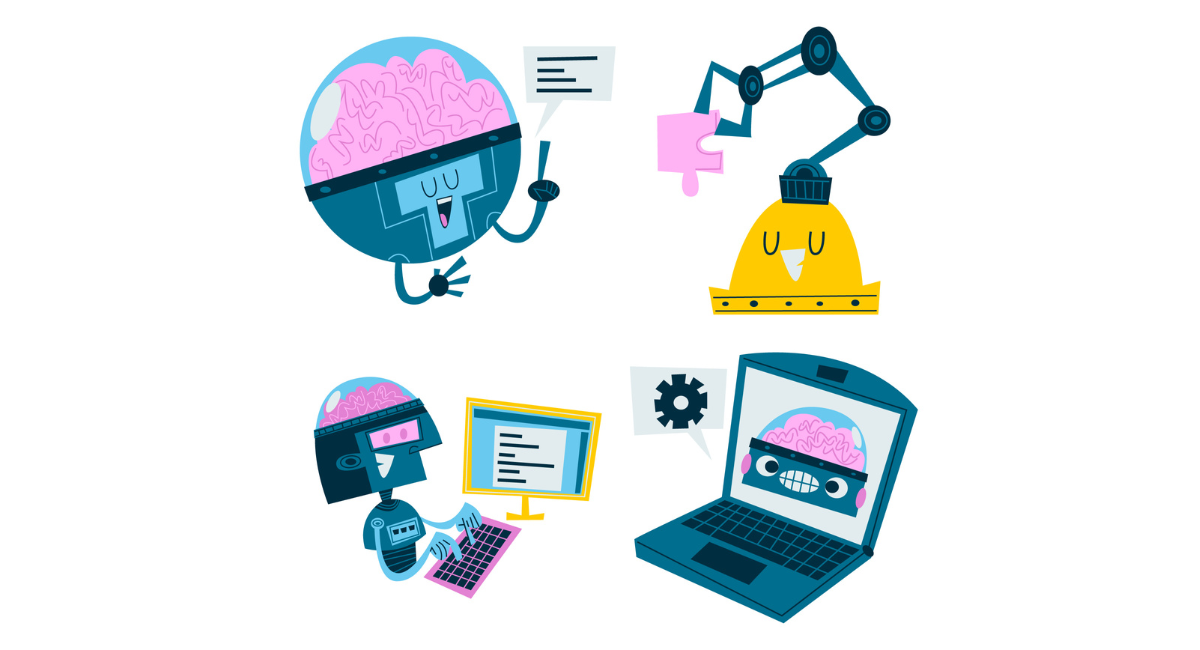In the fast-paced world of software development, ensuring the quality of applications has never been more crucial. With new technologies emerging and user expectations increasing, maintaining high standards through rigorous QA testing is key to success.
Whether you're a QA engineer, developer, project manager, or part of the engineering leadership, understanding the top QA testing tools for 2024 can significantly impact your development cycle and overall product quality.
The Importance of QA Testing in Software Development

Quality Assurance (QA) testing is the backbone of software development. It ensures that the final product meets the required standards and functions as intended.
In a highly competitive market, releasing software with bugs or performance issues can result in customer dissatisfaction, financial loss, and reputational damage.
QA testing helps identify and address issues early in the development process, saving time and resources in the long run. It also ensures that the software performs well under various conditions and meets the users' expectations.
For businesses, investing in robust QA testing tools is not just an option but a necessity to stay ahead of the competition.
Overview of the Evolving Landscape of QA Testing Tools
The landscape of QA testing tools is constantly evolving, driven by advancements in technology and changing user needs. In 2024, we see a rise in AI-driven tools, automation, and integration capabilities that streamline the testing process and enhance accuracy.
Modern QA testing tools offer features such as automated testing, real-time analytics, and seamless integration with other development tools.
They cater to various testing needs, including functional, performance, security, and user acceptance testing. By leveraging these tools, teams can accelerate their testing cycles and deliver high-quality software more efficiently.
In-Depth Analysis of the Top QA Testing Tools for 2024

Tool 1: Selenium
Features:
- Automation for web applications
- Supports multiple programming languages
- Cross-browser testing
- Integrates with CI/CD pipelines
Benefits:
Selenium is a popular tool for automating web application testing. It supports multiple programming languages, including Java, C#, and Python, making it versatile for different development environments.
With cross-browser testing capabilities, Selenium ensures your application works seamlessly across various browsers. Its integration with CI/CD pipelines enhances continuous testing, allowing for faster releases.
Tool 2: Apache JMeter
Features:
- Performance and load testing
- Supports a wide range of protocols
- Comprehensive reporting
- Open-source and customizable
Benefits:
Apache JMeter is a powerful tool for performance and load testing. It supports various protocols such as HTTP, HTTPS, FTP, and more, making it suitable for testing different types of applications.
JMeter provides detailed reports that help identify performance bottlenecks and ensure your application can handle high traffic. Being open-source, it offers flexibility and customization to fit specific testing needs.
Tool 3: TestComplete
Features:
- Automated UI testing
- Keyword-driven testing
- Scripted testing with multiple languages
- Seamless integration with CI/CD tools
Benefits:
TestComplete is designed for automated UI testing, offering both keyword-driven and scripted testing options. It supports multiple programming languages, including JavaScript, Python, and VBScript.
TestComplete's integration with CI/CD tools enables continuous testing, ensuring your application is always ready for deployment. Its user-friendly interface and robust features make it a preferred choice for many QA teams.
Tool 4: Postman
Features:
- API testing and monitoring
- Automated testing with scripts
- Detailed documentation
- Collaboration features for team efficiency
Benefits:
Postman is a widely-used tool for API testing and monitoring. It allows for automated testing using scripts, making it easy to validate API functionality and performance.
Postman also offers detailed documentation and collaboration features, enabling teams to work together efficiently. Its intuitive interface and comprehensive capabilities make API testing straightforward and effective.
Comparison and Evaluation Criteria for Selecting the Right Tool
Selecting the right QA testing tool depends on several factors, including the nature of your application, team expertise, and specific testing requirements. Here are some key criteria to consider:
- Ease of Use: The tool should have an intuitive interface and be easy for your team to learn and use.
- Compatibility: Ensure the tool supports the technologies and platforms your application uses.
- Automation Capabilities: Look for tools that offer robust automation features to streamline repetitive tasks.
- Integration: The tool should integrate seamlessly with your existing development and CI/CD tools.
- Cost: Consider the total cost of ownership, including licensing fees, maintenance, and training costs.
By evaluating these factors, you can select a tool that aligns with your team's needs and enhances your QA testing process.
Future Trends in QA Testing and How Tools Are Adapting
The future of QA testing is shaped by several emerging trends, including:
- AI and Machine Learning: AI-driven tools are becoming more prevalent, offering predictive analytics and intelligent test case generation.
- Shift-Left Testing: Testing earlier in the development cycle to identify issues sooner and reduce costs.
- Continuous Testing: Integrating testing into the CI/CD pipeline for continuous feedback and improvement.
- Cloud-Based Testing: Leveraging cloud resources for scalable and flexible testing environments.
QA testing tools are adapting to these trends by incorporating advanced features and capabilities. For example, AI-driven tools like Testim and mabl are gaining popularity for their ability to enhance test automation and accuracy.
Cloud-based tools like Sauce Labs and BrowserStack offer scalable testing environments that support continuous testing initiatives.
Book a Demo and experience ContextQA testing tool in action with a complimentary, no-obligation session tailored to your business needs.
Conclusion
Choosing the right QA testing tool can transform your development cycle by enhancing efficiency, accuracy, and overall product quality. In 2024, tools like Selenium, Apache JMeter, TestComplete, and Postman are leading the way with their robust features and benefits.
By staying informed about the latest trends and evaluating tools based on your specific needs, you can ensure your QA testing process is optimized for success.
Investing in the right tools not only improves your software quality but also gives you a competitive edge in the market.
For further insights and personalized recommendations, consider signing up with Jasper for free and exploring how our AI-driven solutions can elevate your QA testing efforts.
Also Read - The Future of Testing as a Service (TaaS): AI, Automation, and Emerging Trends
We make it easy to get started with the ContextQA tool: Start Free Trial.
